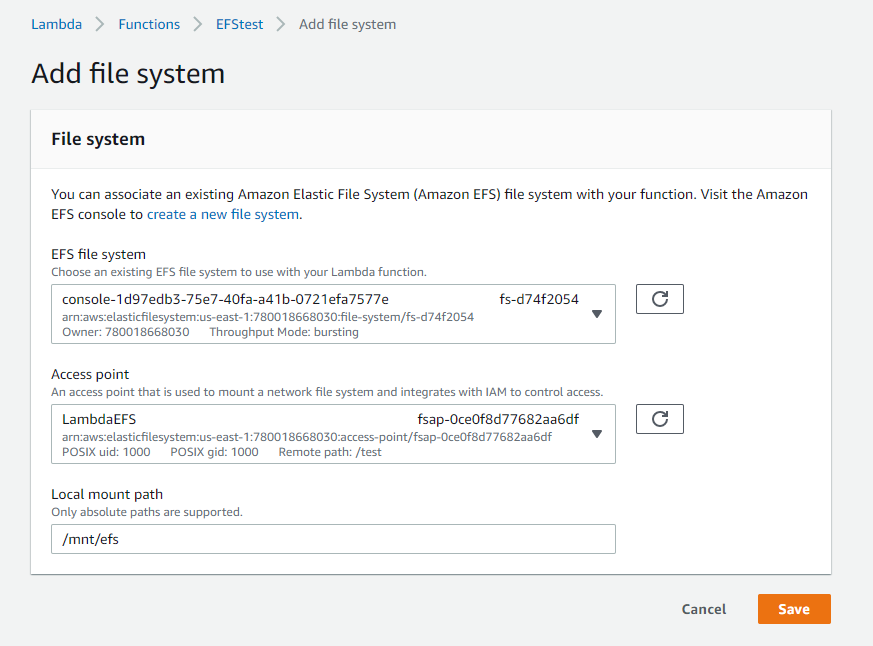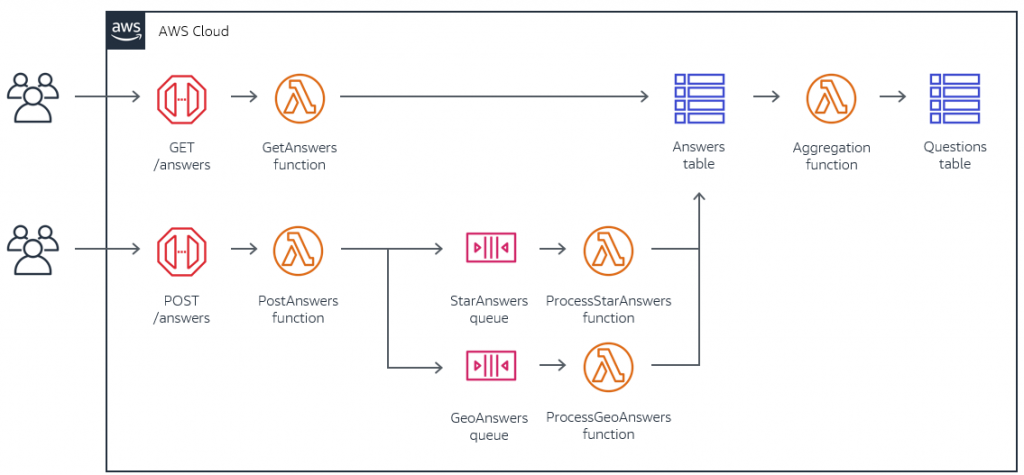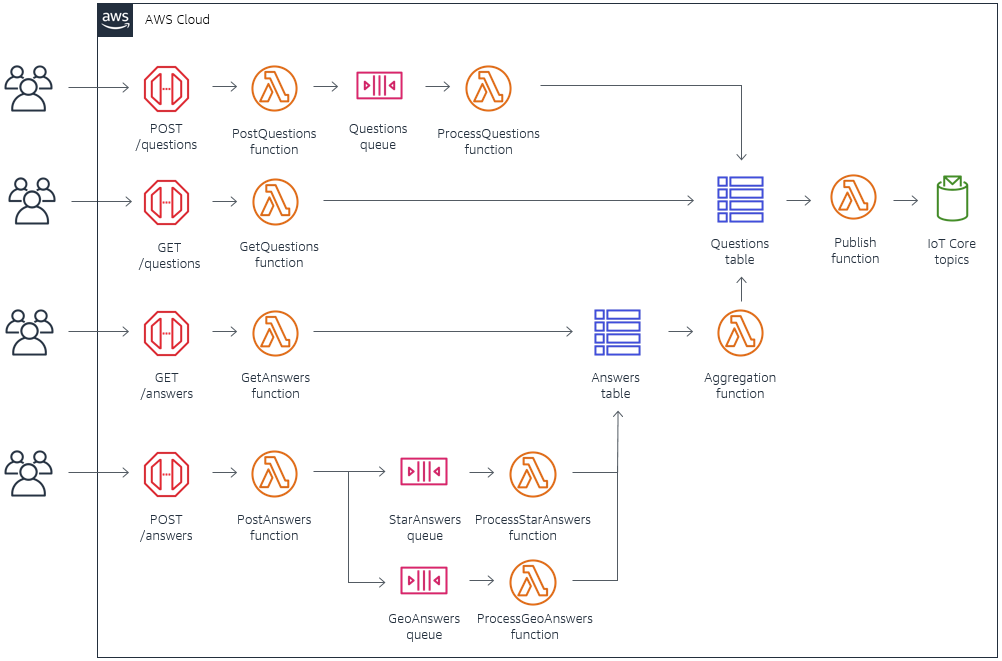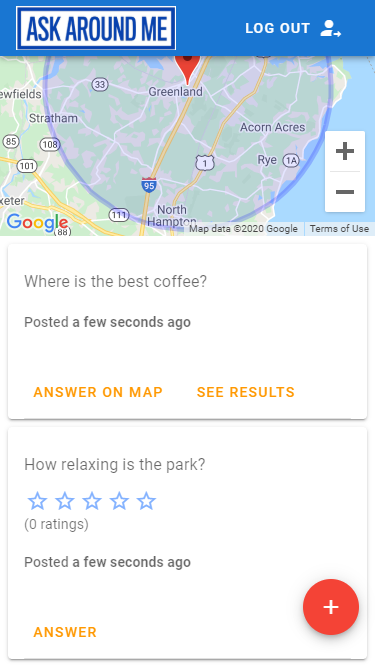AWS Compute Blog
Tag: serverless
Using Amazon EFS for AWS Lambda in your serverless applications
Serverless applications are event-driven, using ephemeral compute functions to integrate services and transform data. While AWS Lambda includes a 512-MB temporary file system for your code, this is an ephemeral scratch resource not intended for durable storage. Amazon EFS is a fully managed, elastic, shared file system designed to be consumed by other AWS services, […]
Creating serverless applications with the AWS Cloud Development Kit
This post is contributed by Daniele Stroppa, Sr. Solutions Architect In October 2019, AWS released an improvement to the getting started experience in the AWS Lambda console. This enables you to create applications that follow common best practices, using infrastructure as code (IaC). It also provides a continuous integration and continuous deployment (CI/CD) pipeline for […]
Building well-architected serverless applications: Approaching application lifecycle management – part 2
This series of blog posts uses the AWS Well-Architected Tool with the Serverless Lens to help customers build and operate applications using best practices. In each post, I address the nine serverless-specific questions identified by the Serverless Lens along with the recommended best practices. See the Introduction post for a table of contents and explanation of the example application. Question OPS2: […]
Upgrading to Amazon EventBridge from Amazon CloudWatch Events
EventBridge is the evolution of the CloudWatch Events service. It brings new features, including the ability to integrate data from popular SaaS providers as events within AWS.
Visualizing Amazon API Gateway usage plans using Amazon QuickSight
In this post, I walk through configuring streaming of API access logs from Amazon API Gateway to Amazon S3 via a Kinesis Firehose delivery stream.
Introducing the serverless LAMP stack – part 2 relational databases
Update – June 30, 2020: Amazon RDS Proxy support for MySQL and PostgreSQL is now generally available. The complete blog series and supporting GitHub repository is now available: Part 1: Introducing the new Serverless LAMP stack Part 2: Scaling relational databases Part 3: Replacing the web server Part 4: Building a serverless Laravel application Part 5: […]
Building well-architected serverless applications: Approaching application lifecycle management – part 1
This series of blog posts uses the AWS Well-Architected Tool with the Serverless Lens to help customers build and operate applications using best practices. In each post, I address the nine serverless-specific questions identified by the Serverless Lens along with the recommended best practices. See the Introduction post for a table of contents and explanation of the example application. Question OPS2: […]
Building a location-based, scalable, serverless web app – part 3
In part 2, I cover the API configuration, geohashing algorithm, and real-time messaging architecture used in the Ask Around Me web application. These are needed for receiving and processing questions and answers, and sending results back to users in real time. In this post, I explain the backend processing architecture, how data is aggregated, and […]
Building a location-based, scalable, serverless web app – part 2
This post explores the backend architecture of the Ask Around Me application. I compare the cost and features in deciding between REST APIs and HTTP APIs in API Gateway. I introduce geohashing and the npm library used to handle geo-location queries in DynamoDB. And I show how you can build real-time messaging into your web applications using the publish-subscribe pattern with AWS IoT Core.
Building a location-based, scalable, serverless web app – part 1
In this post, I introduce the Ask Around Me example web application. Learn to build a serverless realtime, Vue.js web app in part 1 of this series.








